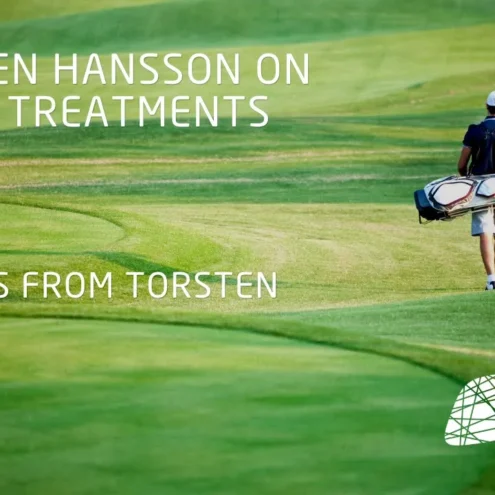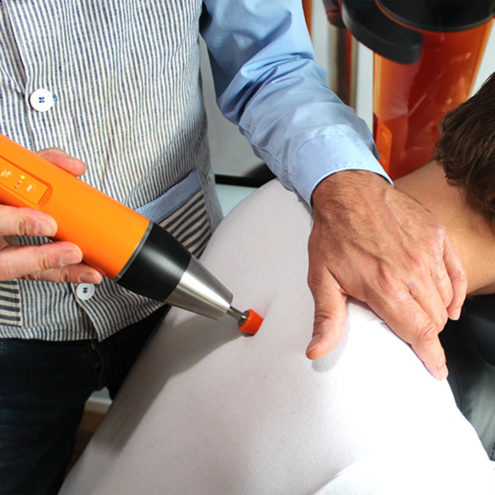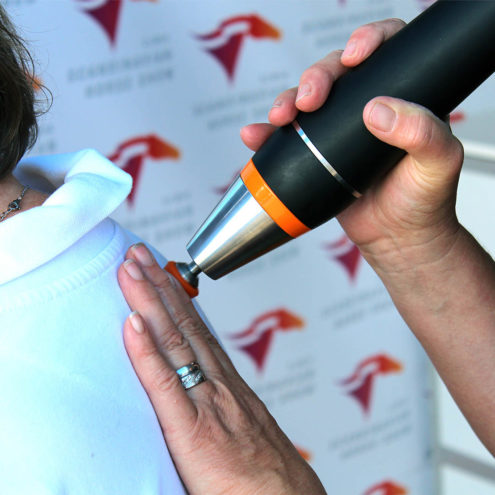Unilateral Headaches: Causes, Symptoms and Treatment
Unilateral headaches can be severe and are often an overlooked form of headache. Frequently suffering from unilateral headaches can have a significant impact on an individual’s life. This article explores unilateral headache from a fascia perspective, including its causes, symptoms and how best to manage it.
What is Unilateral Headache?
Definition of Unilateral Headache
Unilateral headache, as the name suggests, is pain that affects only one side of the head. The pain can vary in intensity from mild to severe and can be experienced as pulsating or pressing.
Types of Unilateral Headache
This category of headache includes medical conditions such as migraine, cluster headaches and some types of tension headaches. Inflammation of the temporal artery, temporalis arteritis can cause a unilateral headache where one temple is tender and swollen.
Why do you get one-sided headaches?
Common Causes of One-sided Headaches
The causes vary from genetic predispositions to environmental factors. Stress, muscle tension, poor sleep, certain foods and drinks, and hormonal changes can all contribute to the development of unilateral headaches. Also, trauma to the neck or degenerative diseases of any of the neck structures can cause unilateral headaches.
Risk Factors and Prevention
Risk factors include family history, age and gender. Prevention can include lifestyle changes such as regular exercise, a balanced diet and managing stress. A better working posture can prevent muscle tension in the neck and shoulders.
The Connection Between Fascia and Headaches
Fascia, the network of soft connective tissue that surrounds and penetrates muscles, bones, joints and organs, can be a contributing factor to headaches. Tension in our fascia can affect tension in the surrounding muscles and nerves. A tense fascia can thus lead to unilateral headaches. Fascia is also rich in pain receptors, which respond to stimulation by sending pain signals to our central nervous system.
Symptoms and Consequences of Unilateral Headache
Typical Symptoms Associated with Unilateral Headache
Symptoms vary depending on the type of headache, but can include sharp pulsating pain, dull ache, red eye with tearing on the affected side and in some cases symptoms such as aura.
How one-sided headaches affect everyday life
This type of headache can affect work, social activities and daily routines. It can also lead to increased stress and anxiety. It is important to be able to recognize the triggers that cause headaches and how best to avoid them.
When should you seek care?
It is important to seek medical attention if the headache is severe, recurrent or accompanied by other worrying symptoms such as changes in vision or difficulty speaking.
How FasciaClinics Can Help You
At the FasciaClinics, we take a holistic and approach to treating unilateral headaches. Our treatment is aimed at addressing tension in the fascia and muscles that can contribute to headaches.
By understanding and addressing the underlying causes of unilateral headaches, individuals can experience significant relief and improved quality of life. At Fascia Clinics, we are committed to providing gentle but effective treatments for anyone suffering from unilateral headaches.
FAQ: One-sided headache
2. Är Ensidig Huvudvärk Alltid Relaterad till Migrän?
Nej, ensidig huvudvärk är inte alltid relaterad till migrän. Även om migrän ofta orsakar ensidig huvudvärk, kan andra tillstånd som klusterhuvudvärk eller spänningshuvudvärk också ge upphov till liknande symtom.
3. Vilka Är de Vanligaste Orsakerna till Ensidig Huvudvärk?
Vanliga orsaker till ensidig huvudvärk inkluderar genetiska faktorer, hormonella förändringar, stress, dålig sömn, vissa livsmedel och drycker, och fysisk belastning. Specifika medicinska tillstånd som karpaltunnelsyndrom eller diskbråck i nacken kan också orsaka detta symptom.
4. Hur Kan Fasciaklinikerna Hjälpa Till Med Ensidig Huvudvärk?
På Fasciaklinikerna erbjuder vi en holistisk behandlingsmetod med fasciabehandling för att lindra spänningar i fascian, vilket kan bidra till huvudvärk.
5. När Bör Jag Söka Vård För Min Ensidiga Huvudvärk?
Du bör söka vård om din huvudvärk är svår, återkommande eller om den åtföljs av andra symtom som synförändringar, svårigheter att tala, eller om du känner dig orolig över dina symtom.
6. Kan Livsstilsförändringar Påverka Frekvensen och Intensiteten av Ensidig Huvudvärk?
Ja, livsstilsförändringar som att hantera stress, förbättra sömnkvaliteten, motionera regelbundet och äta en balanserad kost kan hjälpa till att minska frekvensen och intensiteten av ensidig huvudvärk.
7. Vad Är Skillnaden Mellan Ensidig Huvudvärk och Klusterhuvudvärk?
Ja, livsstilsförändringMedan ensidig huvudvärk generellt beskriver smärta på en sida av huvudet, är klusterhuvudvärk en specifik typ av huvudvärk som kännetecknas av extremt intensiva smärtattacker som ofta uppstår i kluster över en period. Klusterhuvudvärk har också specifika associerade symtom som tårflöde eller rodnad i ögat på den drabbade sidan.
ar som att hantera stress, förbättra sömnkvaliteten, motionera regelbundet och äta en balanserad kost kan hjälpa till att minska frekvensen och intensiteten av ensidig huvudvärk.
 Search
Search


































